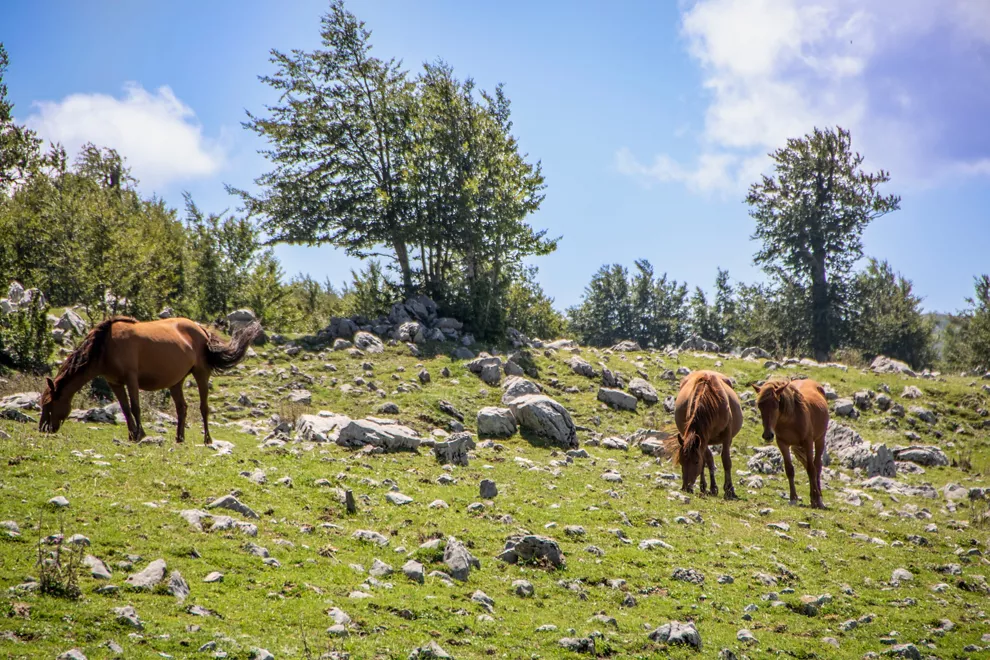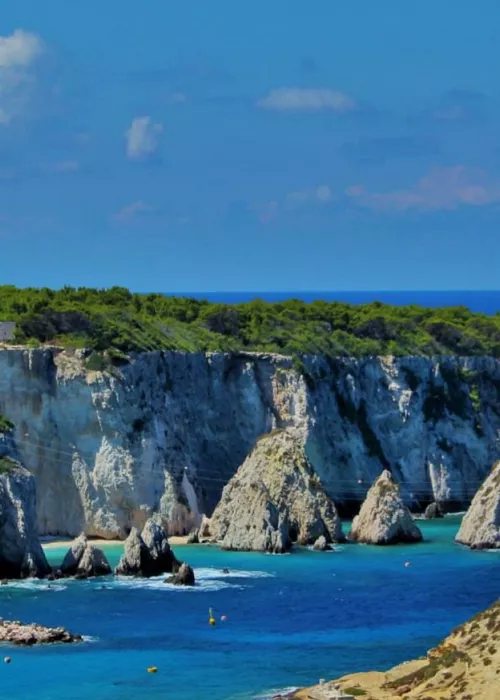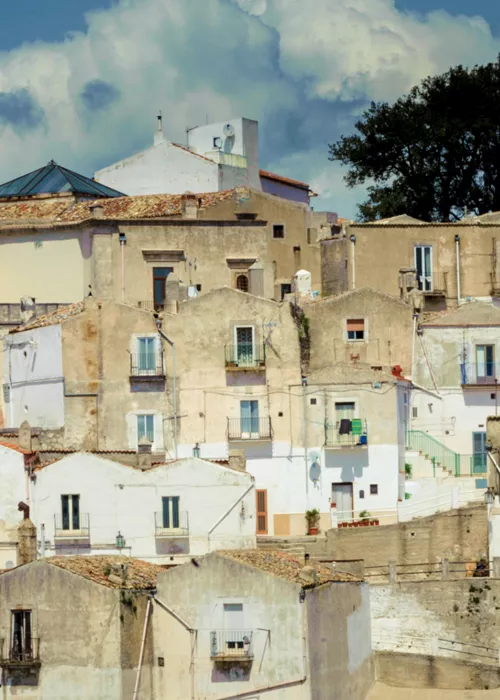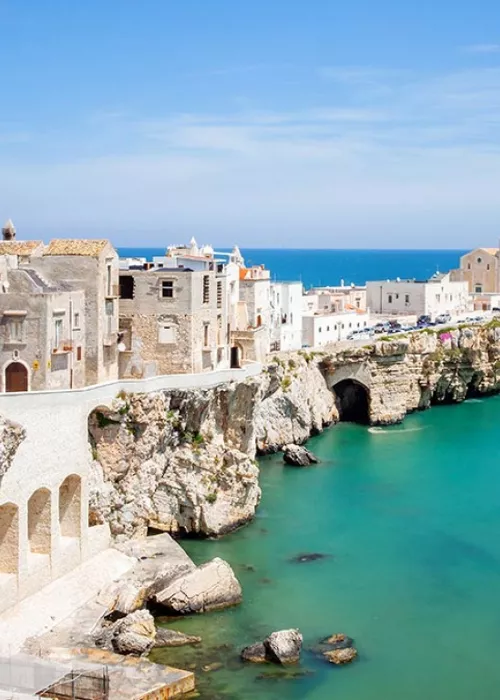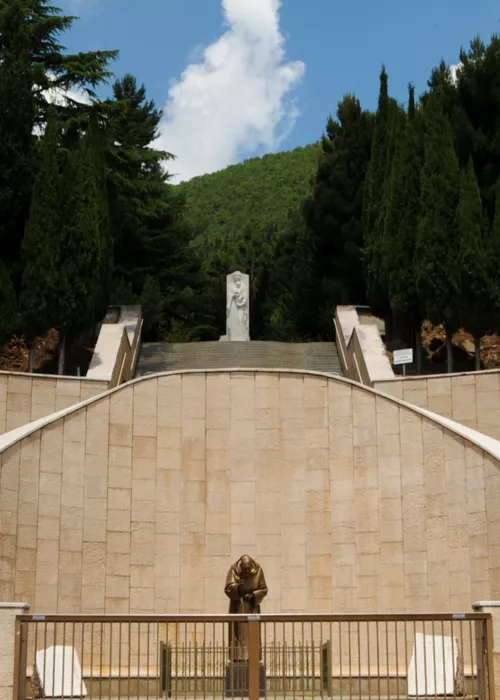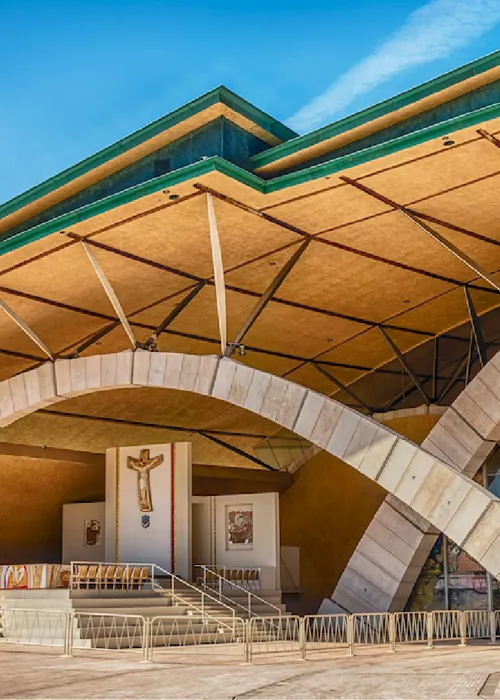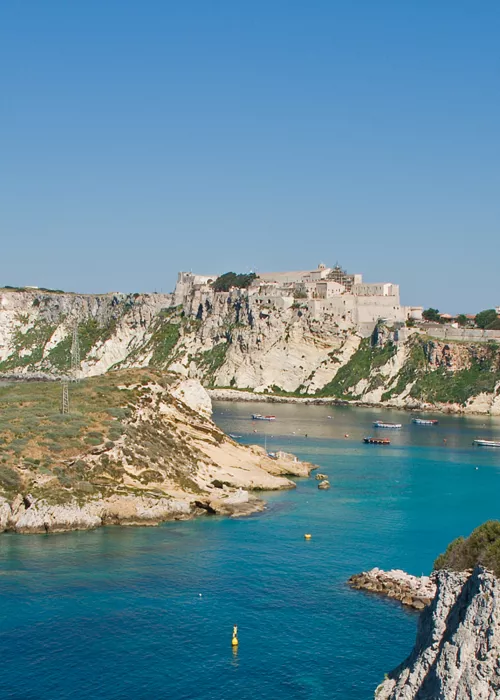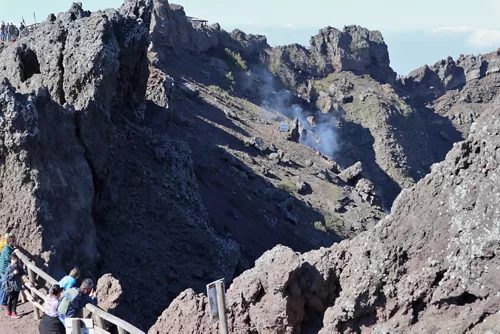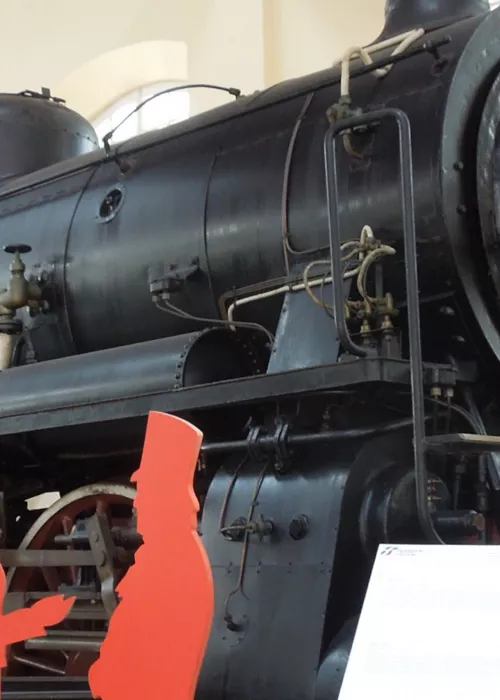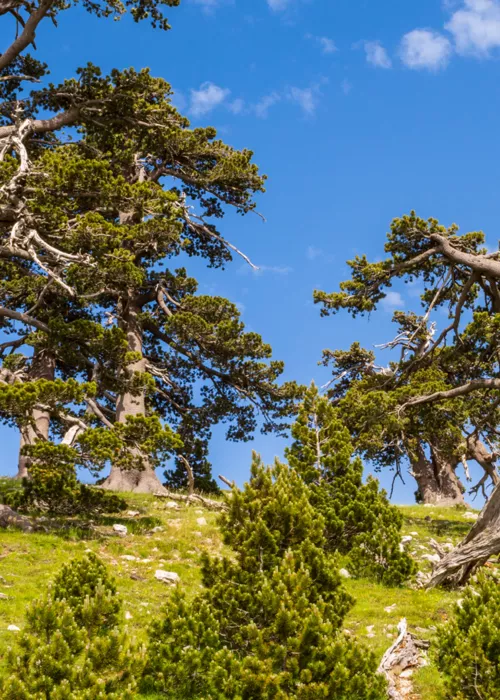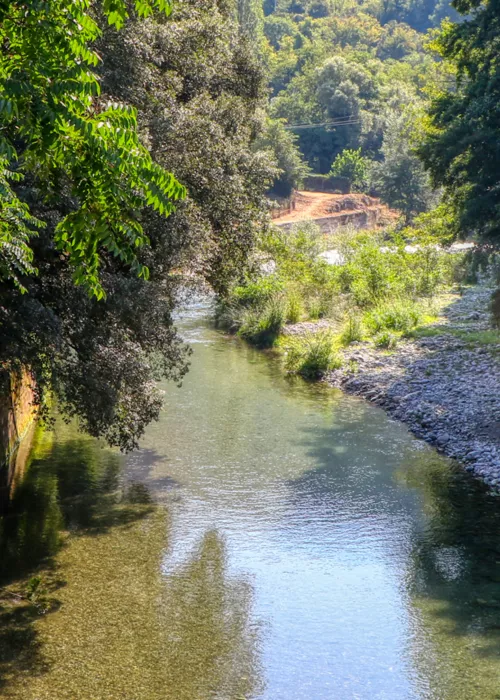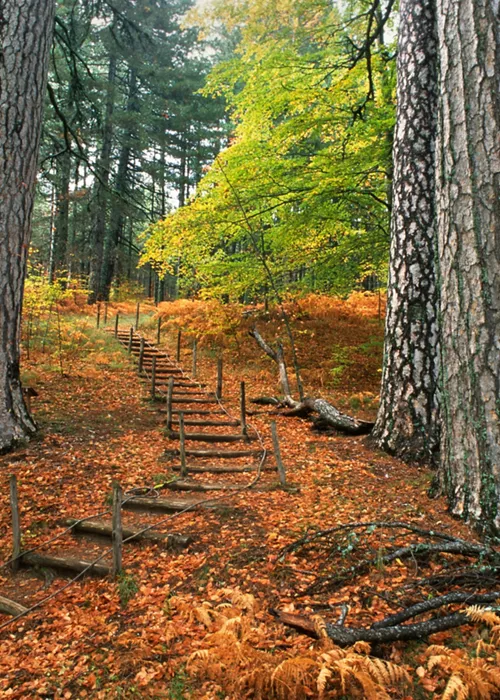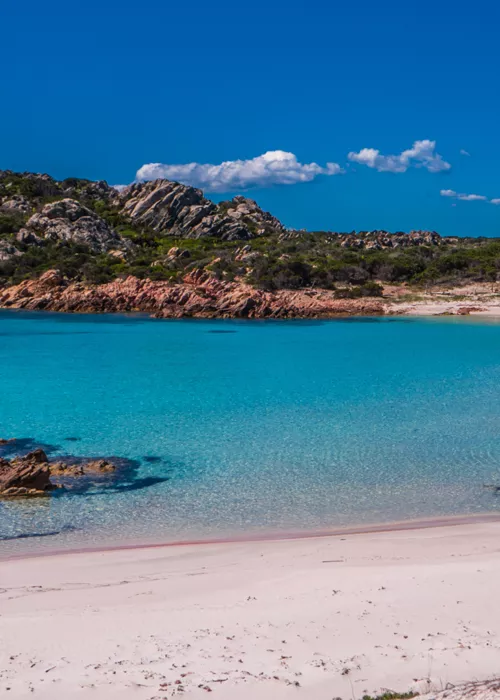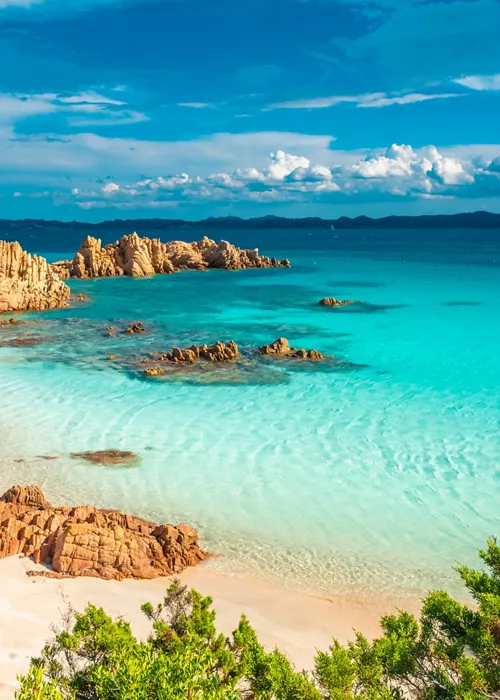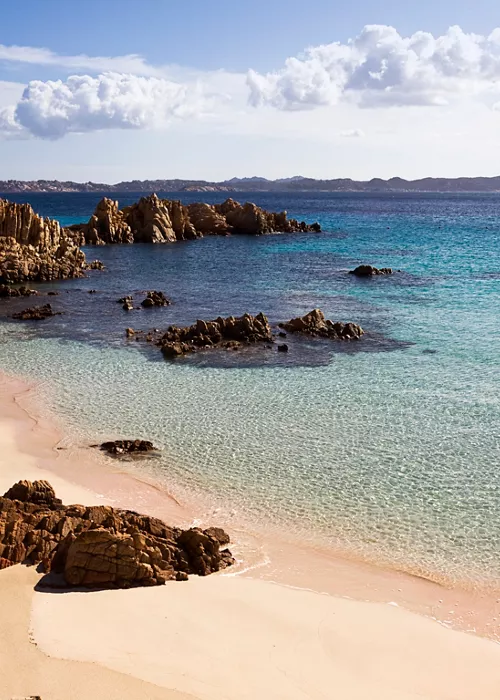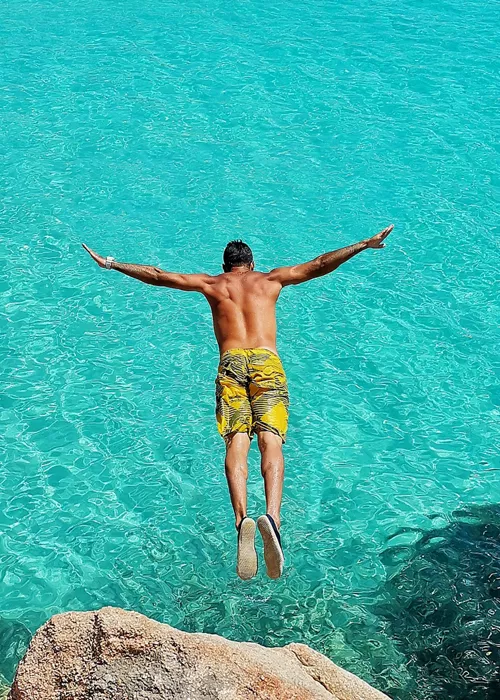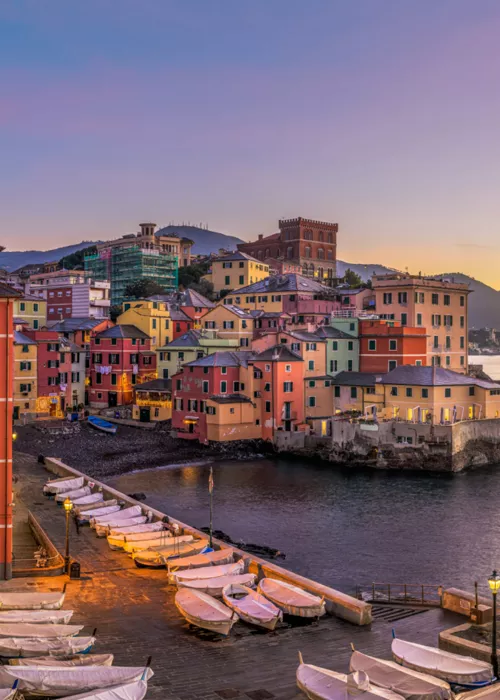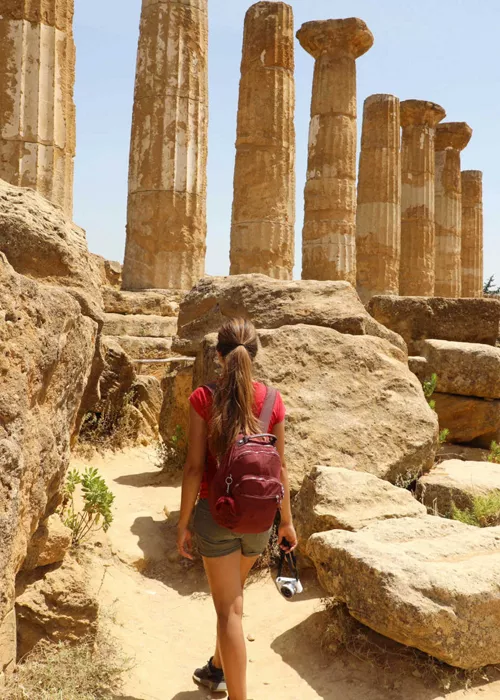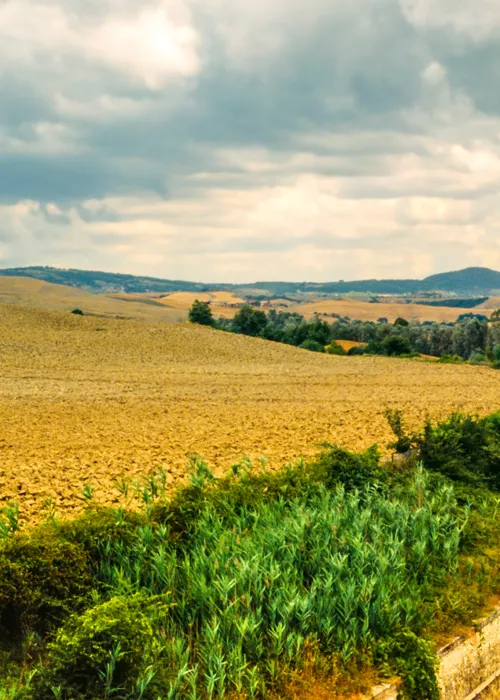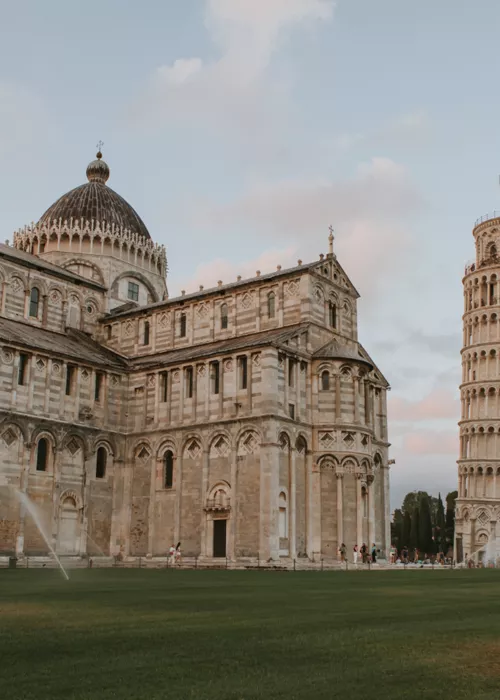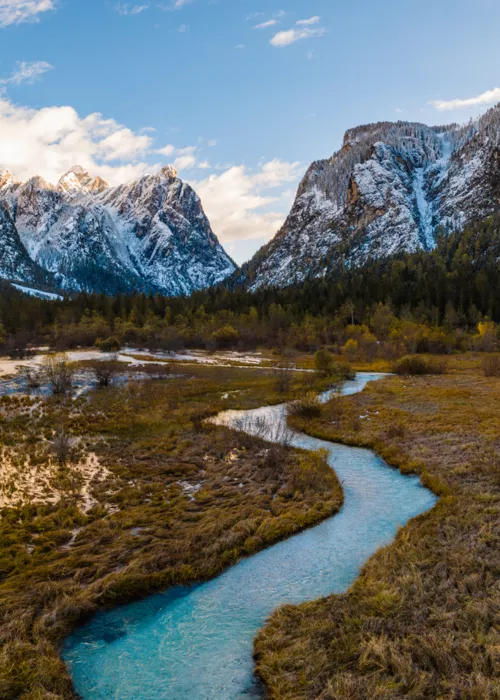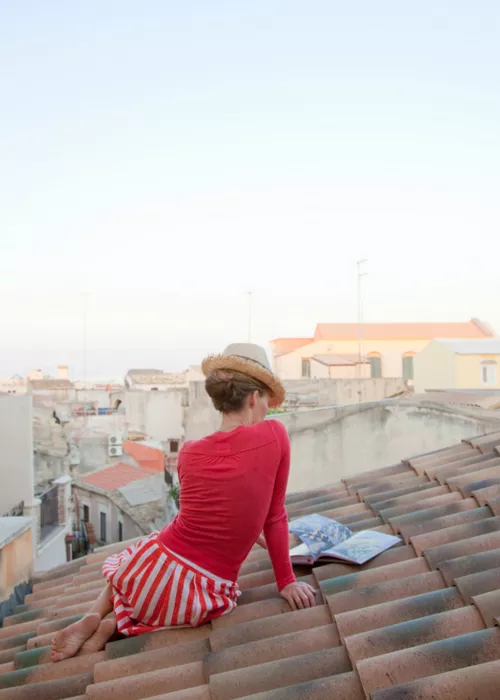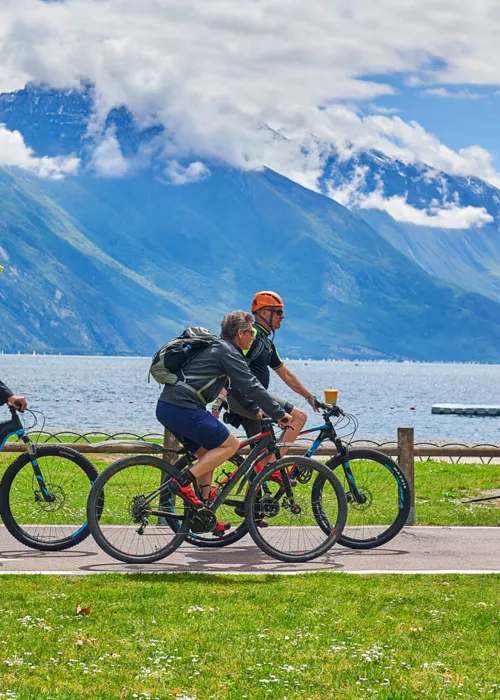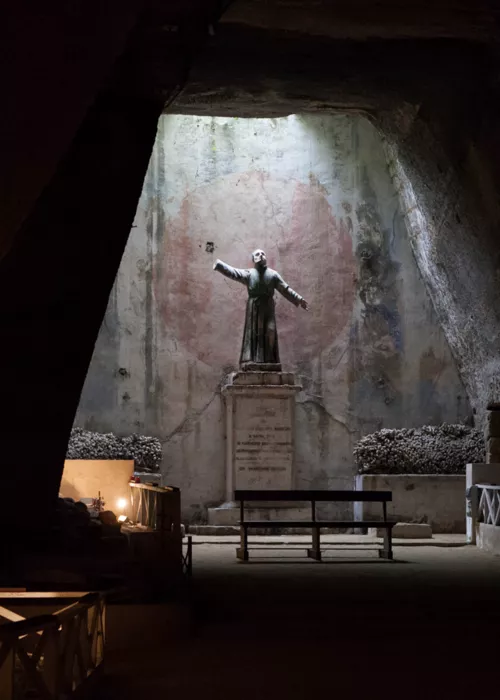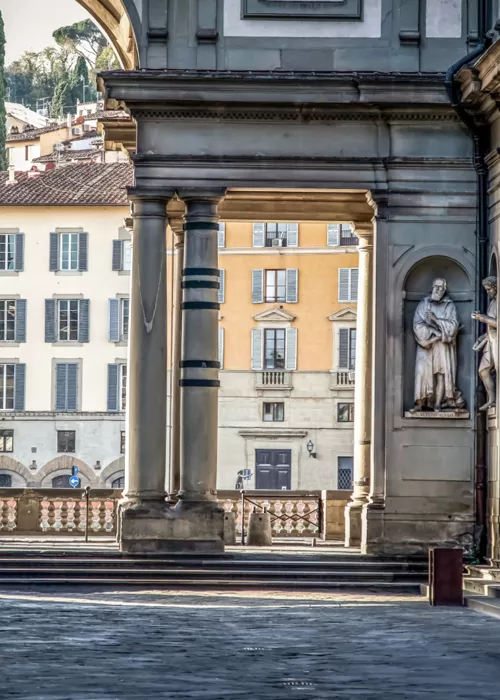Five National Parks in Southern Italy - a blend of nature and history
5 minutes
An active, detox holiday inspired by nature and eco-sustainability taking in nature, history and plenty of seascapes. These five parks in Southern Italy invite you to plunge into truly authentic beauty: full immersion could hardly be closer at hand.
Gargano National Park
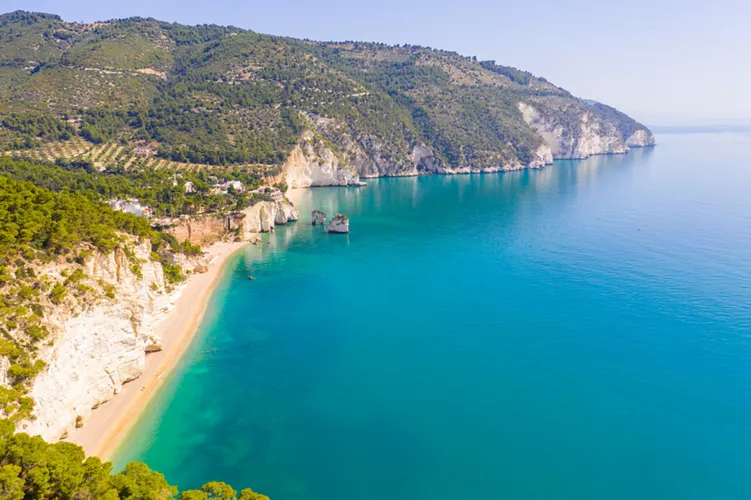
White villages and green islands
A park imbued with the characteristic sun and sea of the heel of Italy set on a promontory cloaked by the beech and pine woods of the Umbra Forest, as well as many coastal lakes, edged with coves of fine sand and the perfume of orange, almond and olive trees. There are also typical white towns such as Vieste, Peschici and Monte Sant'Angelo, not to mention the fine Sanctuary of San Michele Arcangelo and the thousand-year-old beech woods of the Umbra Forest (both UNESCO World Heritage Sites). San Giovanni Rotondo is home to the sacred remains of Padre Pio.
The archipelago of the Tremiti Islands to the north is a marine nature reserve with the islands of San Domino, San Nicola and Caprara and the islets of Cretaccio and Pianosa. The sea beds are rich in biodiversity and nights are pervaded by the characteristic "song of the Diomede seagulls" - whose calls resemble the crying of new-born infants. Legend has it they are the men of Homer's hero Diomedes, who gave life to the islands, transformed on his death into these gulls who still mourn him. There are many itineraries, including theme-based ones, specifically for people who enjoy hiking or discovering typical farmhouses, wooden “trabucchi" fishing platforms, towers, hermitages, olive oil mills and orchid blooms on horseback or by bicycle.
Vesuvius National Park
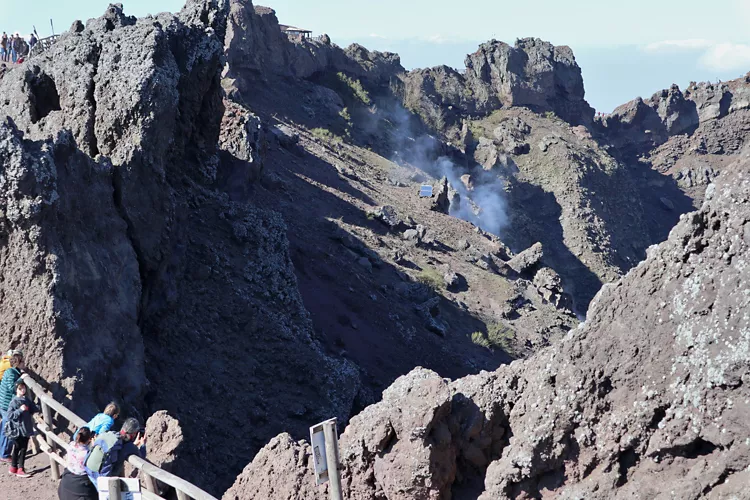
For everyone fascinated by volcanoes
Be it for its natural beauties or astonishing historical-archaeological heritage, the Vesuvius National Park offers lovers of the outdoor life a truly broad selection of experiences. Eleven routes make up the official network of trails climbing up to the Grand Cone of the imposing volcano between geological formations and breath-taking landscapes. They accompany visitors in the discovery of surprising archaeological finds and sites, such as rural Roman villas, ancient farms and villa-farms - once the heart of agricultural production on the outskirts of Pompeii. We are only a few kilometres from the splendid UNESCO World Heritage Site of Pompeii, Herculaneum and Torre Annunziata. Whether you lose your way among the evocative scenery of the Valle dell'Inferno, feel your heart beat while walking along the Lava River or surprise yourself with a visit to the Pietrarsa Railway Museum in Portici, this National Park on the outskirts of Naples will repay you with a unique and all-embracing sensory journey.
Pollino National Park
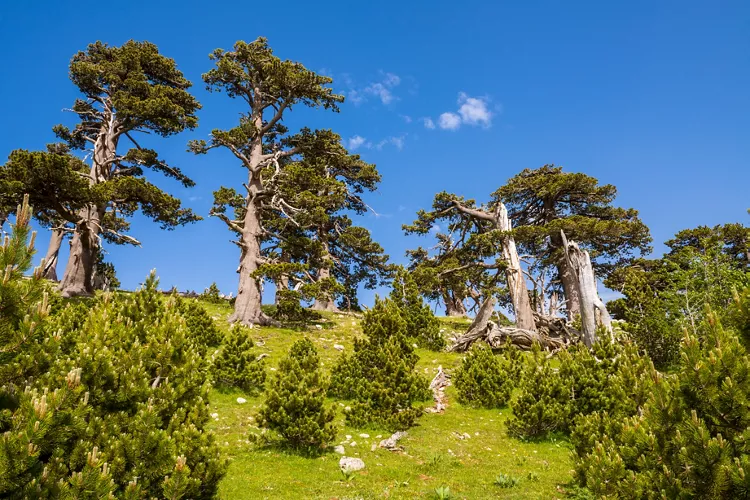
Nature from every angle
Straddling two regions, this Park - where several of the highest peaks in southern Italy stand out and remain covered in snow until late spring - combines a picturesque landscape of dolomitic rocks, gorges, cliffs and karst caves with high altitude green meadows and pastures, crossed by many rivers ideal for high-adrenaline rafting trips. Included in 2015 in the UNESCO world network of geo-parks, which focuses on conservation and promotion of territories characterized by special geological heritage features and the presence of a sustainable development strategy, the Pollino Park can be explored on foot and bicycle. Two distinct sets of paths, running respectively along the Lucanian and Calabrian sides, unwind through swathes of medicinal herbs with a thousand properties, woods of Bosnian pines (the symbol of the park) and beech trees with contorted shapes, such as the group of so-called "serpent trees”. You may even spot golden eagles, hawks, wolves, roe deer and black woodpeckers, a rare species characteristic of these places, alongside the eagle owl. There are many ancient sanctuaries and castles well worth a visit, set in scenic locations among rocky spurs.
Sila National Park
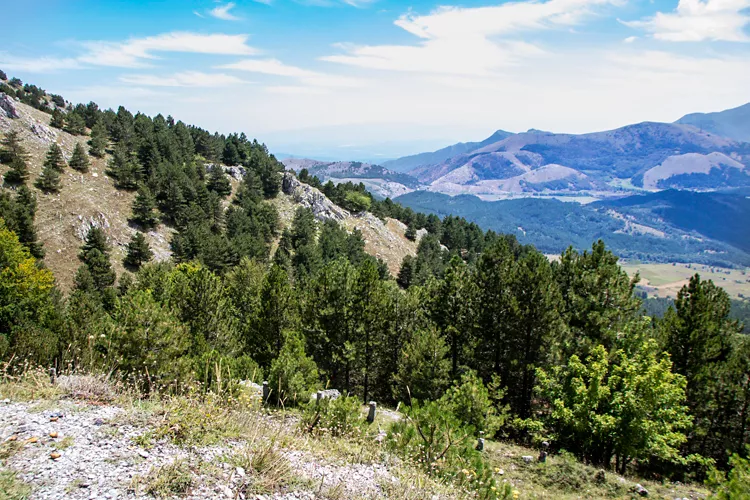
Ideal for family and accessible tourism
Covered almost entirely by dense forests of larch pine and Calabrian black pine, the Sila Park - with its gentle plateau and easy-going, theme-based itineraries - invites visitors to enjoy a "slow" experience on foot, mountain bike or horseback. From the 'tratturi' trails of the brigands to the routes of the disused railway and the tracks of roe deer, the Park offers many opportunities to lovers of open air activities such as orienteering, bio and bird watching, canoeing and sailing (on the Park's three lakes). Visits can also be made to bio-energetic nature reserves such as the century-old "Giganti della Sila" near Fallistro or the "Park Arboretum" biodiversity garden.
This is one reason it is popular with children, who can also enjoy the historic steam train and adventure parks set up in the tree-tops.
There is also an extensive offering of services for the disabled, with “Joelette” wheelchairs for transport and Braille and tactile signs for the blind. The historical-religious itineraries are interesting, such as the one following the footsteps of the Mediaeval monk Gioacchino da Fiore who hiked between his birthplace in Celico and the hermitages in nature. You can also take the trail of legendary brigands with travelling performances organized in the woods by the Tommaso Campanella Literary Park. In addition, there are many small historic places where ancient traditions are still very much alive.
National Park of the Archipelago of La Maddalena
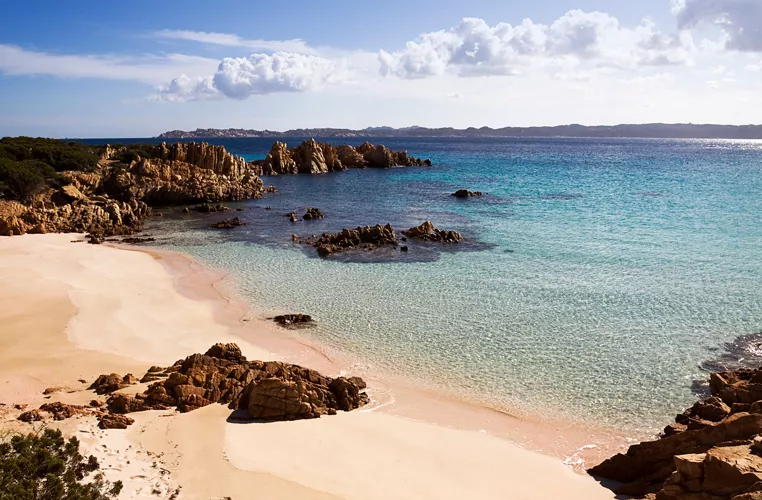
The irresistible charm of the sea
Superb beaches and coves, crystal clear waters, granite rocks and Mediterranean scrub with the bouquets of myrtle, juniper and lentisk trees define the Park of La Maddalena: 62 large and small islands and 180 kilometres of coastline where water and land merge, giving life to evocative views and some of the finest and most famous beaches in the Mediterranean. A tour of the archipelago can hardly but start from the main island: La Maddalena. It is the gateway to the Park and the only inhabited place (other than the village of Stagnali on Caprera). It boasts a beautiful historic centre with large squares and alleys leading to the ancient city. Caprera is connected to La Maddalena by a striking bridge and has an extensive nature trail network that branches off between the old military fortifications as far as the National "Giuseppe Garibaldi Memorial" Museum and the Garibaldi Home-Museum, where he is also buried, with its wealth of furnishings, relics and personal objects.
From the enchanting beauty of Cala Coticcio in Caprera, to the huge granite rocks blending with white sand and emerald water in the Spargi coves, as far as the splendid Rosa di Budelli beach, where the coral-coloured sand is subject to total protection to ensure its conservation. The Park of La Maddalena is a paradise for lovers of nature, the sea and diving. Divers will be enthralled by the underwater archaeological trails among easily-spotted fin whales, dolphins, sperm whales and sea turtles.
Lastly, mention can be made of the Caprera Sailing Centre, with its prestigious sailing school, and the island's doggie beach offering free services for dogs.

